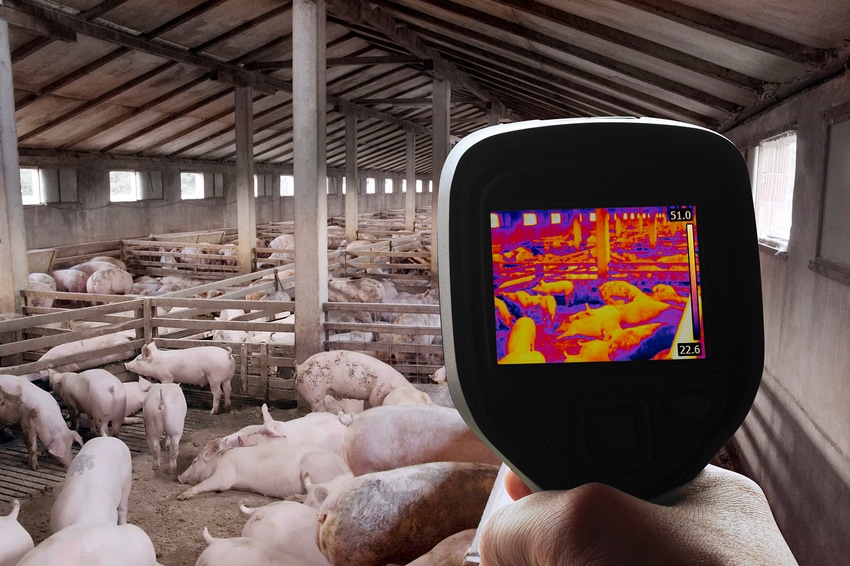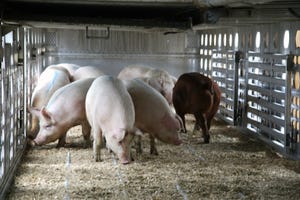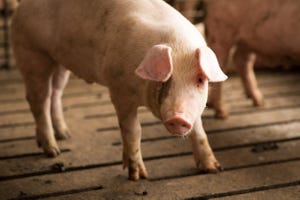A step towards smart swine barns
Evaluating the suitability of emerging technologies.
April 25, 2024

By David S. Rosero, Iowa State University
In recent years, the rapid advancement and continuous improvement of Internet-of-Things sensors, edge computing, and artificial intelligence models have been remarkable. We expect that the adoption of these cutting-edge technologies into swine barns will drive substantial improvements in animal health, welfare and performance. These technologies also present potential solutions to the increasing pressure of higher production costs and the limited access to qualified labor.
A plethora of innovative solutions are emerging, proposing to solve a wide range of tasks in swine barns, ranging from simple to complex. These include a wide range of tools, such as environmental and biological sensors for continuous and real-time monitoring, sound and cough monitors, smart tags that track activity and biological metrics of pigs and sows, and mobile applications designed to streamline farm workflows. Additionally, advanced computer vision technologies are been developed for monitoring pig behavior, counting pigs, determining body weight and estimating feed bin levels.
While producers are enthusiastic about the potential benefits of these technologies, the huge number of emerging options can also lead to confusion. Thus, when evaluating the suitability of a technology for a specific application, we suggest taking into account the following key factors:
Cost-effectiveness: This involves determining whether the benefits derived from using the technology outweigh the associated costs. It is the first step in prioritizing technologies that offer the greatest value for the enterprise. This assessment should take into account the potential of revenue capture, initial investment cost, operational and maintenance costs, and any other related expenses.
Accuracy: This pertains to the precision and correctness of the predictions and measurements provided by the technology. For example, the accuracy of a computer vision system that estimates pig weights would be evaluated by comparing these estimations with weights obtained from a calibrated livestock scale.
Reliability: This term signifies the technology’s capacity to operate consistently without experiencing failures, errors or interruptions. For example, the reliability of a computer vision system, which estimates feed bin levels, can be evaluated by comparing the actual count of daily estimations reported to end users with the count that was initially anticipated.
Implementability: This considers the feasibility of deploying, implementing and maintaining the technology in the barn. Producers should consider the diverse factors in their systems that may limit implementation, including ease of installation and use, training required for users, and the support and maintenance required.
The complexity of the challenges emerging in the swine industry requires a significant shift from traditional production methods towards the integration of smart solutions. While swine production systems and their biological processes are extremely complex to completely replace human husbandry with technology, we anticipate that the implementation of smart farming systems will augment the farmer’s capabilities by enabling continuous monitoring of complex biological systems and the surrounding environment.
You May Also Like



